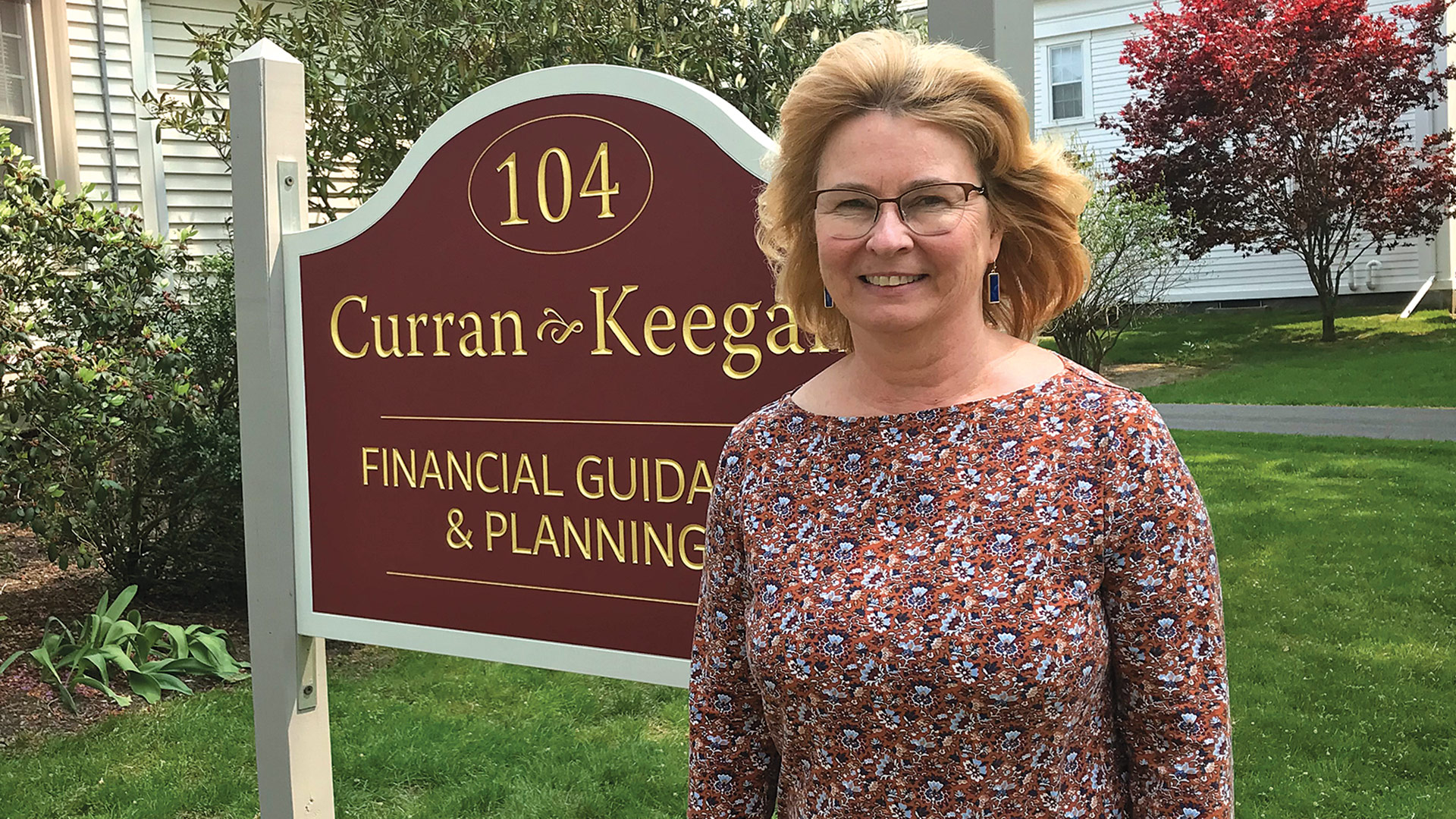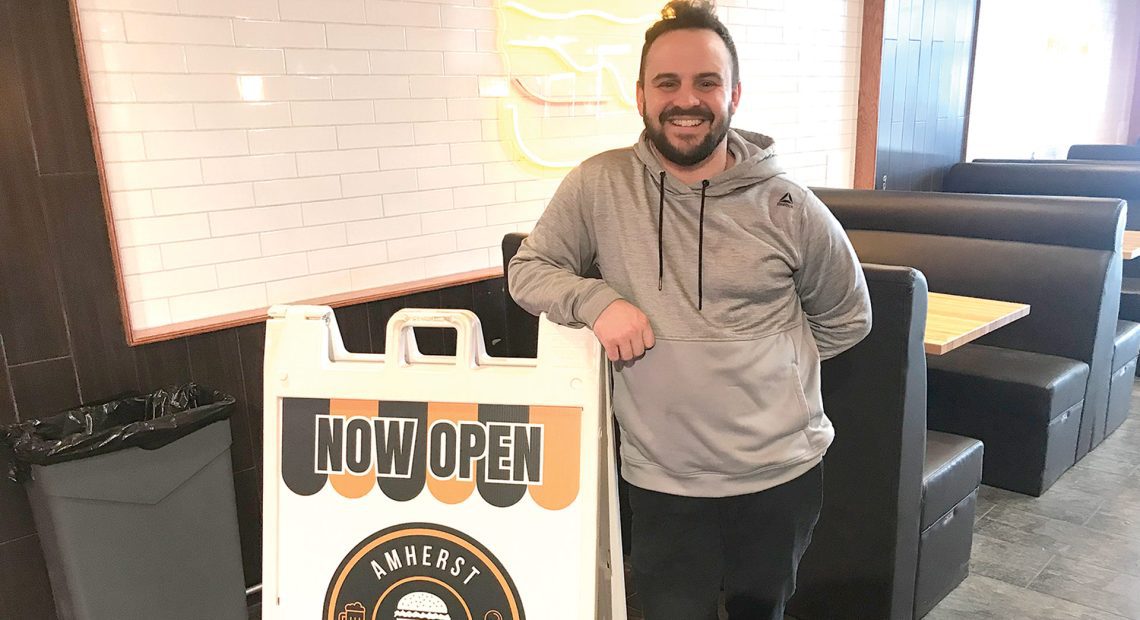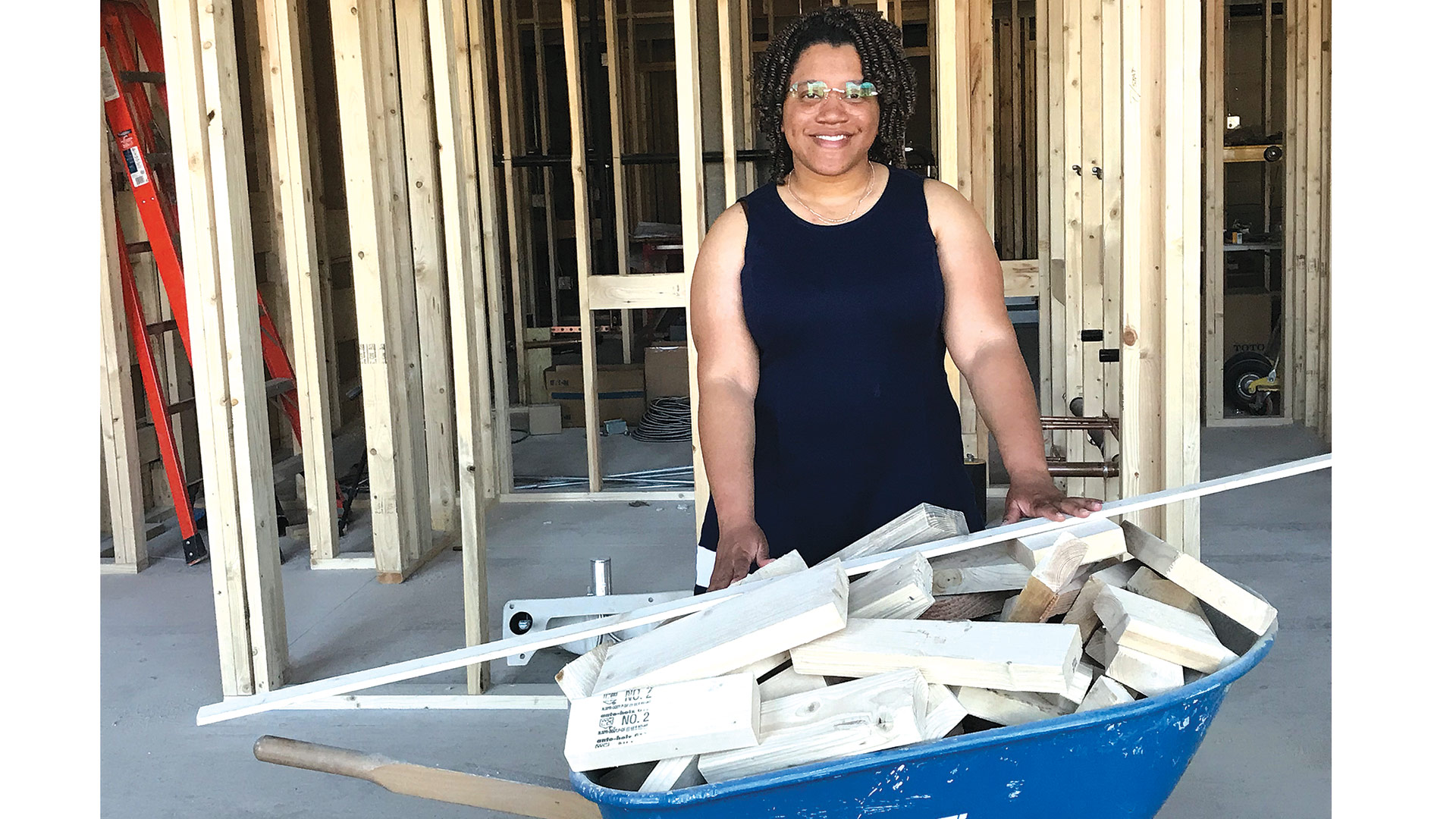Six Indications It Might Be Time for Memory Care
By Arbors Assisted Living
Memory care is a special kind of long-term care designed to meet the specific needs of people with Alzheimer’s and other forms of dementia or types of memory problems. Often housed within an assisted-living community, a memory-care program offers a more structured environment that comes with set schedules and routines to create a stress-free lifestyle, safety features to ensure the health of the residents, and programs designed to cultivate cognitive skills.
Five Symptoms of Dementia to Look Out For
1. Memory loss that disrupts daily life.
One of the most common signs of dementia involves trouble with short-term memory. From forgetting recently learned information to asking for the same information over and over, your aging loved one may be able to remember events that took place years ago, but not what they had for breakfast.
2. Difficulty handling complex tasks.
You might notice a subtle shift in your loved one’s ability to complete normal tasks, such as driving to a familiar location, managing a budget at work, or remembering the rules of a favorite game — or when they start having difficulty handling more complex tasks, such as balancing a checkbook.
3. New problems with words in speaking or writing.
Maybe your mom has always been a stellar conversationalist, and you notice that now she may have trouble following or joining a conversation. Or perhaps your dad struggles to find the right word or calls things by the wrong name.
4. Apathy and withdrawal or depression.
Changes in mood can be an indication that your loved one has dementia. Perhaps they avoid being social because of the changes in their brain. They may also have trouble keeping up with a favorite sports team or remembering how to complete a favorite hobby, so they may start to withdraw from things they previously enjoyed.
5. Increasing confusion and disorientation.
Someone in the early stages of dementia may often lose track of dates, seasons, and the passage of time. Confusion may arise as they can no longer remember faces, find the right words, or interact with people normally.
When to see a doctor:
If your aging loved one exhibits several of these signs, consult a doctor. A general practitioner will typically refer you to a neurologist who can examine your loved one’s physical and mental health to determine whether the symptoms result from dementia or another cognitive problem.
One of the goals of a memory-care community is to keep seniors with dementia engaged and active in a safe, home-like environment and to promote the highest quality of life by adapting the staff, environment, and daily routine to the needs of each individual.
Because of this, there is no downside to placing a loved one in a memory-care community too soon. However, there are many drawbacks to waiting too long.
So, how do you know when it’s the right time to consider moving your loved one to a specialized memory care community? The following questions may be helpful when determining if a move to memory care is a good option.
1. Is My Loved One Becoming Unsafe in Their Current Home?
As dementia progresses, your loved one will have a harder time functioning independently. Maybe you used to be able to help your mom by writing out a daily to-do list and a schedule of when she should take her medications. But now, she needs reminders to shower and help choosing appropriate clothes for the season.
Bathing, toileting, dressing, and other activities of daily living all come with risks. Safety should always be considered, and if there are any tasks that your loved one cannot perform safely on their own, assistance should be provided.
How often each day you worry about her, check on her, or make a call regarding her safety or whereabouts? If your loved one has fallen, had a driving accident, or suffered an unexplained injury, these are safety signs it’s time to consider moving your loved one to a memory-care community.
2. Is the Health of My Loved One or My Health as a Caregiver at Risk?
Dementia will affect your loved one’s ability to remember to take prescribed medications at the right time or the right dosage, which can lead to serious health problems. For example, chronic health conditions such as COPD and heart disease may worsen rapidly if dementia interferes with your loved one’s ability to manage their treatment. You might also notice that your loved one starts to look different. Maybe your dad is losing weight because he forgets to eat or gaining weight because he forgets he’s eaten and eats again.
When you look in a mirror, you might notice that you are starting to look different, too. Caring for someone with dementia is mentally draining and physically exhausting. If the stress of caregiving is left unchecked, it can have an impact on your health, relationships, and state of mind, eventually leading to burnout.
Is dementia preventing your loved one from taking care of their health? Are you and your other family members exhausted? It’s important to be honest with yourself about your emotional and physical limits while caregiving. Sometimes placement in a memory-care community is best for both the caregiver and the loved one’s overall health and well-being.
3. Are My Loved One’s Care Needs Beyond My Physical Capabilities?
In the later stages of dementia, your loved one may require assistance getting in and out of bed and moving from the bed to a chair. Additionally, dementia physically damages the brain, which can affect your loved one’s personality and behavior.
Wandering, agitation, repetitive speech or actions, paranoia, and sleeplessness may pose many challenges for families and caregivers. However, it’s important to remember that these behaviors are often coping tactics for a person with deteriorating brain function.
Is your petite, 70-year-old mom trying to get your 180-pound dad to the bathroom two or three times each night? Is your dad’s aggression triggered by something — physical discomfort, being in an unfamiliar situation, poor communication — on a regular basis? If continuing to care for your loved one at home puts both of you in danger, that’s a telltale sign that it’s time for memory care.
4. Am I Becoming a Stressed, Irritable, and Impatient Caregiver?
Stress arousal is the first sign that you’re not getting the physical and emotional support you need as a caregiver. Maybe you’re frustrated or disappointed over your loved one’s deteriorating condition or lack of progress. It can be hard to accept that the quality of your care and effort have nothing to do with the actual health-related decline or mood of the care recipient. This frustration can lead to caregiver stress.
If you are so overwhelmed by taking care of someone else that you have neglected your own physical, mental, and emotional well-being, it will not be long before you are experiencing caregiver burnout. When you are burned out, it is tough to do anything, let alone look after someone else.
5. Am I Neglecting Work Responsibilities, My Family, and Myself?
You might be struggling to maintain a sense of purpose in working so hard to provide care, which leads to neglecting responsibilities, withdrawing socially from friends and family, and having much less energy than you once had.
Family caregivers often have to take time off, either paid or unpaid, while some have to reduce their work hours. Others leave the workforce entirely in order to provide full-time care for a loved one. Additionally, caregivers don’t have as much time to take care of themselves, and they can often feel cut off from the outside world. Social isolation leads to higher levels of both caregiver stress and depression.
“There is no downside to placing a loved one in a memory-care community too soon. However, there are many drawbacks to waiting too long.”
Are you feeling irritable or hopeless, struggling with emotional and physical exhaustion, or getting sick more often? Do you have heightened anxiety or trouble making care decisions? If your loved one’s need for care is wearing you out, it may be time to start considering your memory-care options.
6. Would the Structure and Social Interaction at a Memory-care Community Benefit My Loved One?
Somewhere in the middle and late stages of dementia, your loved one will no longer be able to drive, and communication with others will become increasingly difficult. Your loved one may lose track of their thoughts, be unable to follow conversations, and/or have trouble understanding what others are trying to communicate.
Maybe it’s become too challenging to take your mom out to eat, shop, or exercise because her behavior is unpredictable. Or perhaps your dad can no longer drive, so he rarely goes out and is restless and lonely.
Is dementia shrinking your loved one’s world? Memory-care programs are equipped to provide activities and stimulation — including trips and outings — that can keep your loved one engaged and active in a safe, homelike environment.
If you answered yes to any of these questions or if you have reached a point where you feel like you cannot fully meet the needs of a loved one struggling with memory impairment, it is time to start visiting memory-care communities, which offer specialized environments where your loved one can not only live, but even thrive. Plus, knowing that your loved one has trained, 24-hour care can help relieve the caregiving burden and give your family peace of mind.























































 “When an employee requests a reasonable accommodation, the employer has a duty to engage in an interactive dialogue with the employee and attempt to come up with a reasonable accommodation that does not impose an undue hardship on the employer.”
“When an employee requests a reasonable accommodation, the employer has a duty to engage in an interactive dialogue with the employee and attempt to come up with a reasonable accommodation that does not impose an undue hardship on the employer.”




 “When preparedness meets opportunity, amazing things can happen.”
“When preparedness meets opportunity, amazing things can happen.”
 By her own admission, Jennifer Bell was born to be a helper.
By her own admission, Jennifer Bell was born to be a helper.


 When you ask Lucas Giusto about the secret to success for the Naples Group, he responds, “we always answer the phone.”
When you ask Lucas Giusto about the secret to success for the Naples Group, he responds, “we always answer the phone.”
 Amid all the physical-therapy practices in the region, Daniel Griffin had a vision for a different approach.
Amid all the physical-therapy practices in the region, Daniel Griffin had a vision for a different approach.
 Terrell Joyner describes his life as an ever-expanding journey.
Terrell Joyner describes his life as an ever-expanding journey.
 Rob Madrid considers himself a marketer who has always used digital marketing as a primary tool.
Rob Madrid considers himself a marketer who has always used digital marketing as a primary tool.
 Longmeadow native and Bay Path University graduate Stephanie O’Leary observed that “I’ve completed all my schooling in a town that’s eight square miles.”
Longmeadow native and Bay Path University graduate Stephanie O’Leary observed that “I’ve completed all my schooling in a town that’s eight square miles.”

